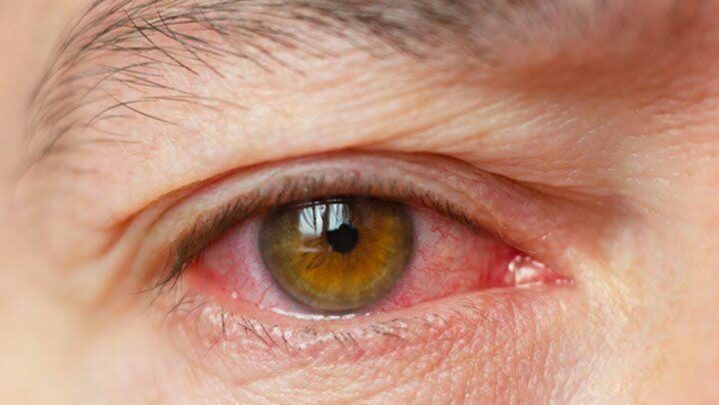Any cloudiness of the crystalline lens of the eye or its underlying capsule is referred to as a cataract. As mentioned in one of the articles by Medindia, When light enters the eye, it goes through the cornea, the outer transparent dome, the aqueous humor, the anterior chamber fluid behind the cornea, the pupil, the transparent lens, and the vitreous humour, a thick gel-like fluid. These media assist in focusing light onto the retina’s most sensitive area, ensuring clear vision.
The lens is sustained by fibers linked to the ciliary body and is housed in a capsule immediately beneath the iris. The ciliary muscles change the lens’ curvature to allow the eye to focus on things at various distances. Cataracts cloud the lens, preventing light from focussing on the retina and thereby affecting vision.
How do you Diagnose Cataracts?
According to Medindia, A simple torchlight examination can usually detect cortical cataracts. However, a slit lamp examination is required for proper assessment of cortical and nuclear cataracts, as well as the identification of posterior subcapsular cataracts. The patient is instructed to sit in front of the instrument and rest their chin on a chin rest, which is a painless operation.
What is the Best Way to Treat Cataracts?
There is currently no medical treatment for cataracts. Several clinical trials have been conducted in recent years to investigate the use of N-acetyl carnosine eye drops to slow or reverse cataract progression. Some have yielded beneficial outcomes, while others have not. As a result, there is currently insufficient evidence to suggest this treatment for clinical usage.
The surgical removal of the crystalline lens and implantation of a synthetic intraocular lens (IOL) is the most effective treatment for cataracts today (intraocular lens – to replace the refractive function of the natural lens).
If an intraocular lens is not implanted, the outcome is severe hypermetropia (long-sightedness), which must be corrected with spectacles or contact lenses before any useable vision can be obtained. Spectacles and contact lenses have several drawbacks, thus intraocular lenses are the gold standard for vision correction after cataract surgery.
The most often used surgical procedure to treat cataracts today is phacoemulsification, which is the standard eye treatment. An ultrasound-guided probe is used to break apart the lens’s hard nucleus, which is subsequently sucked out through a small incision (about 3mm). After that, a foldable intraocular lens is inserted into the eye, commonly via an injector. In the eye, the lens unfolds.
Sutures are not required because the incision is tiny and self-sealing. As a result, when compared to prior surgeries that needed a wider incision and resulted in scarring, the current surgeries have a far lower risk of astigmatism. The incision in MICS (micro-incision cataract surgery) is less than 2.2 mm. Thus, the benefits of phacoemulsification include suture-free surgery, a low risk of astigmatism, and a speedy post-operative recovery.
How Can Cataracts Be Prevented?
There is currently no established method for preventing cataracts. Smoking and UV light exposure are avoidable risk factors for age-related cataracts. Smoking cessation and the usage of sunglasses may assist to postpone the onset or advancement of cataracts.
There is some evidence that consuming vitamins A, C, E, niacin, riboflavin, beta carotene, and protein may be beneficial. Lutein and zeaxanthin are carotenoids found in the human lens, and some studies have linked them to a lower risk of cataracts. Lutein-rich foods include spinach and broccoli.
Cataracts are one form of “curable blindness.” The crystalline lens cannot be made transparent again, but the visual impairment caused by a cataract can be corrected by surgically removing the lens and replacing it with a synthetic intraocular lens.
Keep reading successyeti.com





